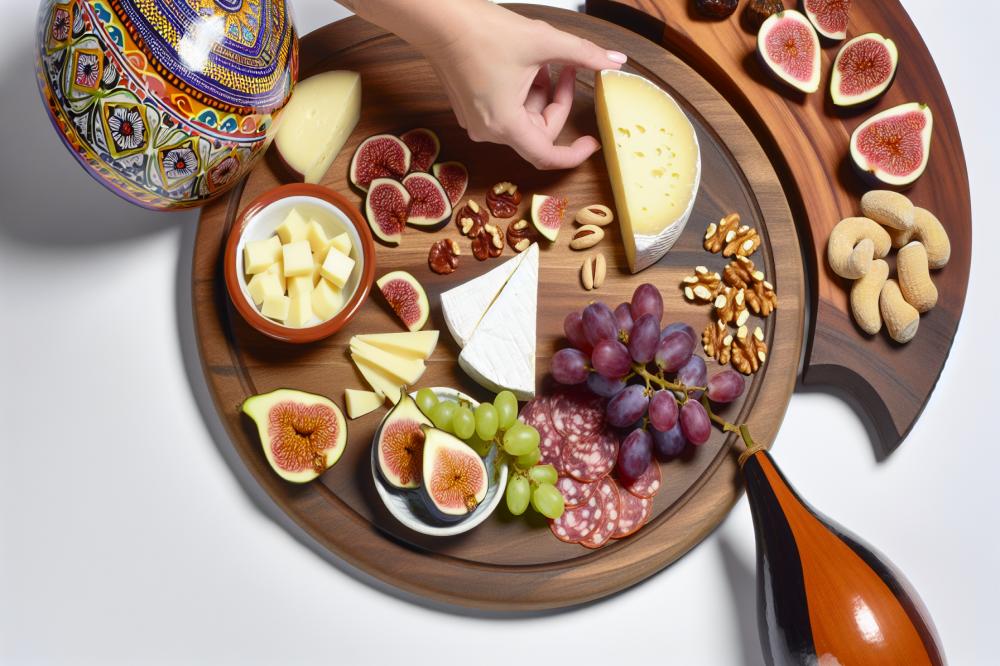Understanding Queijo de Serpa
Queijo de Serpa is more than just a cheese; it represents a rich tradition and culture found in the Alentejo region of Portugal. This artisan cheese has become a symbol of local pride and heritage. For centuries, families have crafted it using time-honored methods passed down through generations. Its deep connection to the land and the people who produce it adds layers to its appeal.
Historical Context and Significance
The journey of Queijo de Serpa stretches back through time. Originally made by shepherds, it served as a vital source of nutrition. These pastoralists relied on the milk from their herds to create this flavorful cheese. Today, the production remains intertwined with local customs, reflecting the area’s rich history.
Description of Production Methods
Crafting this cheese begins with careful sourcing of milk. Artisans use sheep’s milk, which is predominantly fresh and unprocessed. Following traditional techniques, the cheese makers curdle the milk using natural enzymes. Each wheel is shaped and salted by hand. Aging in caves or cool spaces further develops its characteristic flavor. The process requires patience and skill, resulting in a product that delights the senses.
Importance of Raw Milk in Flavor Development
raw milk cheese stands out through its bold taste, unlike many cheeses made from pasteurized milk. The natural bacteria and enzymes present enhance the complexity of flavors. Those flavors reflect the local flora, allowing each batch to tell a story of the specific season and conditions. This connection to nature creates a cheese that is alive and vibrant, capturing the essence of its surroundings.
Queijo de Serpa
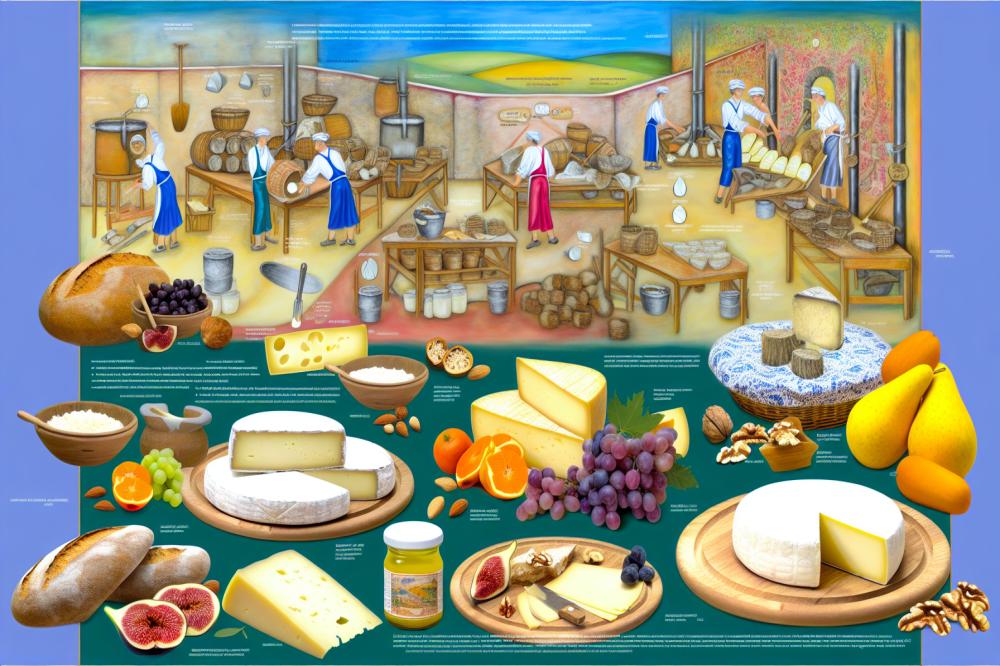
Characteristics of Queijo de Serpa
Queijo de Serpa is a traditional cheese from Portugal. Made from raw sheep’s milk, it showcases a rich history. The texture is firm yet creamy, with a beautiful natural rind. This cheese has a distinct character that reflects its origin. Artisan methods play a vital role in its creation. Local shepherds craft it using techniques passed down through generations. Careful aging adds to its complexity, resulting in unique flavors.
Taste profile and sensory experience
Flavor can vary significantly depending on the conditions where the sheep graze. Earthy and nutty notes are common, complemented by hints of grass. Some might describe it as slightly spicy or even tangy. When taking a bite, a creamy richness fills the mouth. As you chew, subtle flavors develop, revealing layers of taste. The aroma also plays a part; it can be described as robust and inviting. Pairing the cheese with local wines enhances the overall experience.
Geographical indications and authenticity
This cheese holds a special place in Portuguese culinary culture. Recognized for its geographical indication, it comes from the Serpa region in Alentejo. Such an indication helps preserve traditional practices. Authenticity is crucial, as it guarantees a product made with specific methods. Producers commit to maintaining these standards, ensuring high quality. Distinct features of the landscape contribute to its flavor. When sampled, one truly understands the connection between the cheese and its origins.
raw milk cheese
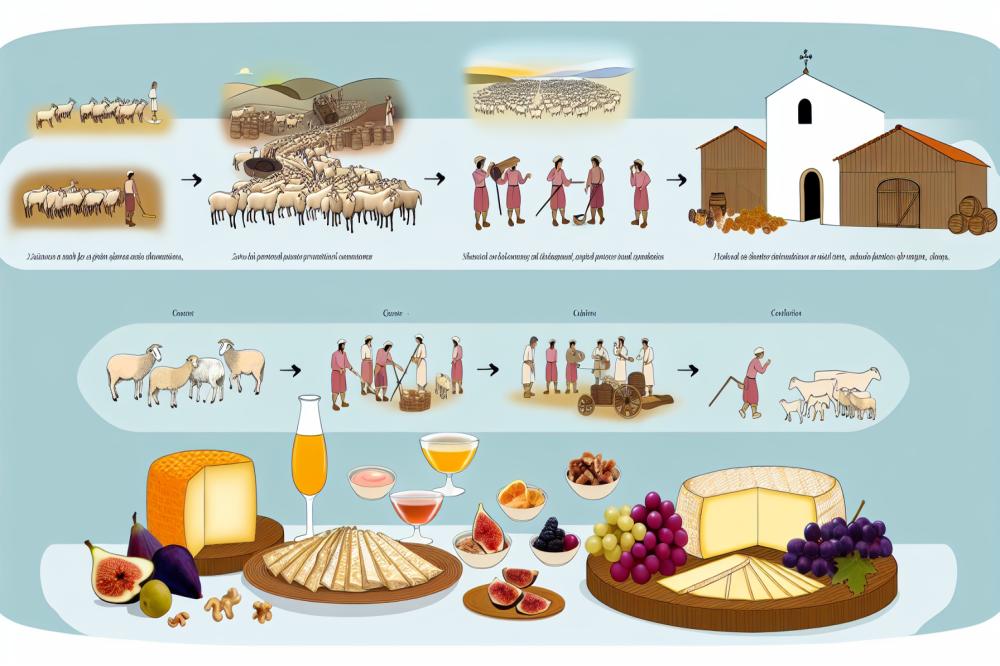
Definition and Benefits of Raw Milk Cheese
Raw milk cheese is made from unpasteurized milk. This type of cheese offers a different flavor profile compared to those made with pasteurized milk. Natural bacteria and enzymes influence its taste, giving it a more complex flavor. Fans of raw milk cheese often appreciate the depth it brings to each bite. Additionally, these cheeses tend to have a stronger aroma, which many find appealing.
Comparison with Pasteurized Cheese
When it comes to pasteurized cheese, the process involves heating the milk. This can destroy some of the natural enzymes and beneficial bacteria. As a result, pasteurized cheeses can have a milder taste. Chefs often note that raw milk varieties can enhance dishes in ways that their pasteurized counterparts cannot. While both types have their merits, raw milk selections often stand out for those seeking rich and bold flavors.
Nutritional Information of Queijo de Serpa
Queijo de Serpa brings several nutritional advantages. It contains a good amount of protein, important for muscle and tissue health. The cheese is also rich in essential fats. These fats can offer energy and support various bodily functions. Iron and calcium flow through this cheese as well, contributing to overall well-being. It is a source of vitamins that aid in maintaining healthy bones and skin.
Health Benefits Associated with Raw Milk Cheese
The health benefits linked to raw milk cheese are noteworthy. Many believe that the natural bacteria present can improve gut health. This can lead to better digestion and overall immunity. Additionally, raw milk products may cause fewer allergic reactions for some individuals. These cheeses provide nutrients in forms that are more easily absorbed by the body. Some research suggests that raw milk cheese might help in supporting healthy cholesterol levels.
Recipe: Queijo de Serpa Platter
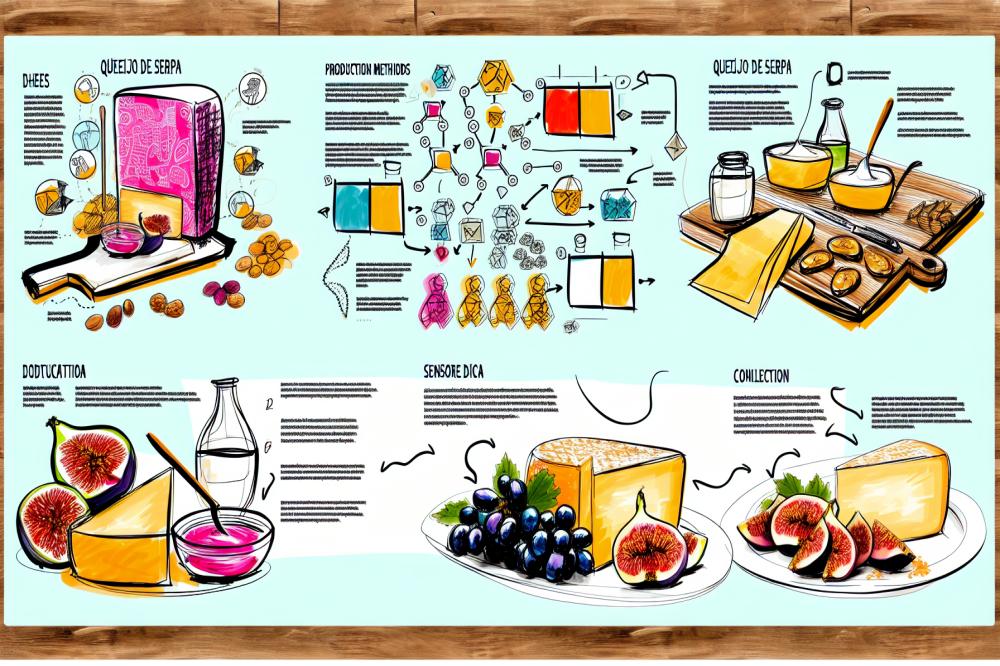
Ingredients
- Queijo de Serpa cheese
- Fresh fruits (e.g. figs, grapes)
- Cured meats (e.g. presunto, chorizo)
- Nuts (e.g. almonds, walnuts)
- Honey or fig jam
Recipe Instructions
Begin by arranging slices of cheese on a nice platter. Consider how the colors and textures balance out each other. Fresh fruits can be added around the cheese for a burst of color and sweetness.
Next, include some cured meats. Their savory characteristic will contrast beautifully with the creamy cheese. Thinly sliced chorizo or the delicate flavor of presunto works well.
For added crunch, scatter a handful of nuts. Both almonds and walnuts provide a nice texture. They feel great in the mouth and add that extra crunch.
A drizzle of honey can enhance the flavors further. Alternatively, place some fig jam on the side. This adds an unexpected twist that complements the cheese wonderfully.
Lastly, don’t forget to serve the platter with some crusty bread. Offering a variety enhances the tasting experience. The combination of ingredients creates a delightful snack, perfect for gatherings or a relaxing evening at home.
Final Thoughts on Queijo de Serpa and Raw Milk Cheeses
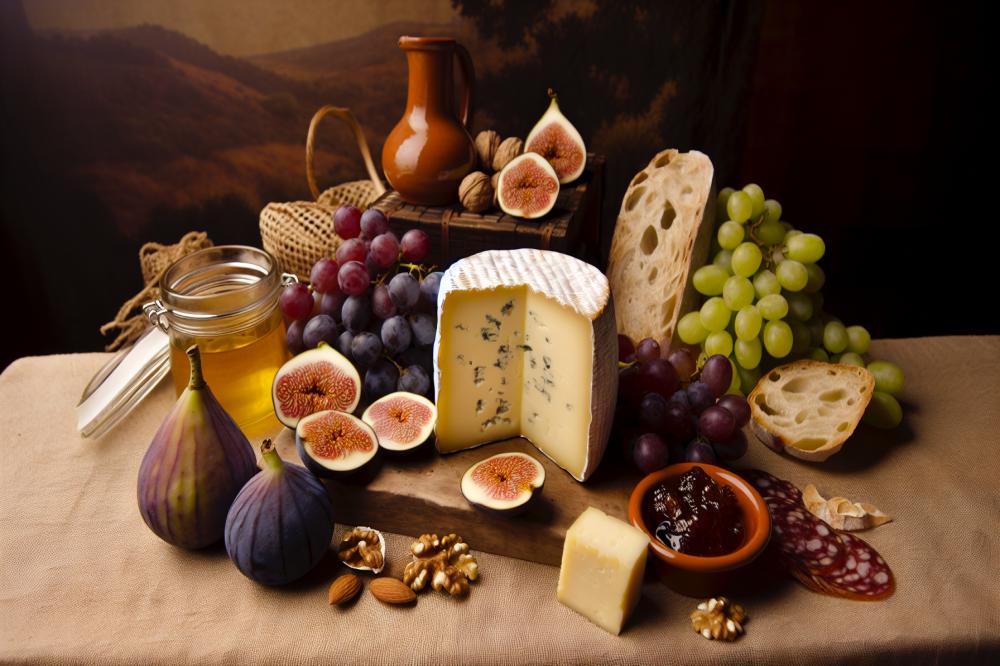
Queijo de Serpa stands out as a remarkable artisan cheese that reflects the rich tradition of Portuguese cheese-making. Its full flavor, creamy texture, and intriguing aroma all come from its raw sheep’s milk base. The cheesemaking process, often steeped in generations of knowledge, allows for chemical reactions that create distinct tastes. This cheese exudes rustic qualities that transport you to the lush pastures of Alentejo.
Local makers pride themselves on using traditional methods. The unique microflora from the region directly impacts the flavor profile. As you explore this cheese, every bite reveals a story of the land and the skilled artisans behind it. Enthusiasts of cheese would do well to expand their horizons and delve into the world of Portuguese cheeses, discovering the variety made throughout the country.
Venturing into the realm of raw milk cheeses can be an adventure. Each type, from soft to hard varieties, offers its own set of tastes and textures. Appreciation for these cheeses often grows with experience. The nuances of raw milk create a depth that is hard to capture in pasteurized versions. As you taste, reflect on the craftsmanship involved.
In closing, consider the beauty found within Queijo de Serpa. It embodies a centuries-old craftsmanship while providing a delicious experience that connects you to its origins. Raw milk cheeses deserve recognition for their extraordinary flavors. So, take the plunge — explore, taste, and enjoy the remarkable world of artisan cheese.

